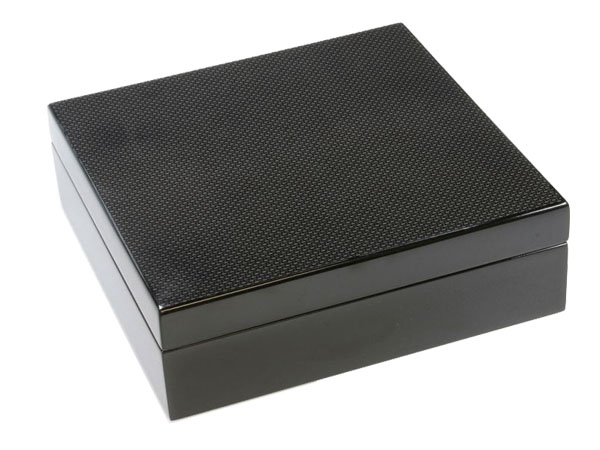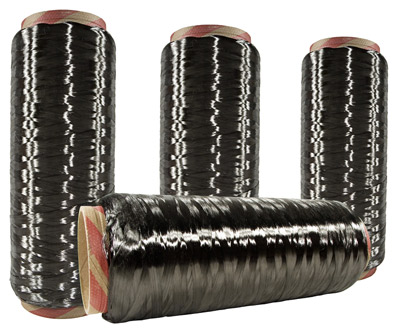How Is Carbon Fiber Made?
Carbon Fiber Also called graphite fiber or carbon graphite, carbon fiber consists of very thin strands of the element carbon. Carbon fibers have high tensile strength and are very strong for their size. In fact, carbon fiber might be the strongest material there is.
Each fiber is 5-10 microns in diameter. To give a sense of how small that is, one micron (um) is 0.000039 inches. One strand of spider web silk is usually between 3-8 microns. Carbon fibers are twice as stiff as steel and five times as strong as steel, (per unit of weight). They also are highly chemically resistant and have high temperature tolerance with low thermal expansion.
Carbon fibers are important in engineering materials, aerospace, high performance vehicles, sporting equipment, and musical instruments–to name just a few of their uses.
Raw Materials
Carbon fiber is made from organic polymers, which consist of long strings of molecules held together by carbon atoms. Most carbon fibers (about 90 percent) are made from the polyacrylonitrile (PAN) process.
Polyacrylonitrile (PAN) process
Our highly trained, professional and friendly sales team is on hand to help, advise and assist you from your first enquiry through to completion, then through our after-sales team and on into the future.
A small amount (about 10 percent) are manufactured from rayon or the petroleum pitch process. Gases, liquids, and other materials used in the manufacturing process create specific effects, qualities, and grades of carbon fiber. The highest grade carbon fiber with the best modulus properties are used in demanding applications such as aerospace.
Carbon fiber manufacturers differ from one another in the combinations of raw materials they use. They usually treat their specific formulations as trade secrets.
Manufacturing Process
In the manufacturing process, the raw materials, which are called precursors, are drawn into long strands or fibers. The fibers are woven into fabric or combined with other materials that are filament wound or molded into desired shapes and sizes.
There are typically five segments in the manufacturing of carbon fibers from the PAN process. These are:
Spinning. PAN mixed with other ingredients and spun into fibers, which are washed and stretched.
Stabilizing. Chemical alteration to stabilize bonding.
Carbonizing. Stabilized fibers heated to very high temperature forming tightly bonded carbon crystals.
Treating the Surface. Surface of fibers oxidized to improve bonding properties.
Sizing. Fibers are coated and wound onto bobbins, which are loaded onto spinning machines that twist the fibers into different size yarns. Instead of being woven into fabrics, fibers may be formed into composites. To form composite materials, heat, pressure, or a vacuum binds fibers together with a plastic polymer.
Manufacturing Challenges
The manufacture of carbon fibers carries a number of challenges, including:
The need for more cost effective recovery and repair.
The surface treatment process must be carefully regulated to avoid creating pits that could result in defective fibers.
Close control required to ensure consistent quality.
Health and safety issues
Skin irritation
Breathing irritation
Arcing and shorts in electrical equipment because of the strong electro-conductivity of carbon fibers.
Future of Carbon Fiber
Because of its high tensile strength and lightweight, many consider carbon fiber to be the most significant manufacturing material of our generation. Carbon fiber may play an increasingly important role in areas such as:
Energy. Windmill blades, natural gas storage and transportation, fuel cells.
Automobiles. Currently used just for high performance vehicles, carbon fiber technology is moving into wider use. In December 2011 General Motors announced that it is working on carbon fiber composites for mass production of automobiles.
Construction. Lightweight pre-cast concrete, earthquake protection.
Aircraft: Defense and commercial aircraft. Unmanned aerial vehicles.
Oil exploration. Deep water drilling platforms, drill pipes.
Carbon nanotubes. Semiconductor materials, spacecraft, chemical sensors, and other uses.
In 2005, carbon fiber had a $90 million market size. Projections have the market expanding to $2 billion by 2016. To accomplish this, costs must be reduced and new applications targeted.



